The Case for a Fall Return
With Prize Day looming and summer stretching beyond it, attention is shifting towards the single most important question of the next year: should students return to campus in the fall? If we look to the most recent scientific studies and examine the global consensus, the results are compelling: come September, the Circle should again fill with students.
So far, there isn’t one unified conclusion about the degree to which children contract COVID-19, or spread the virus to other individuals, but there are early studies that merit attention. A Norwegian review of studies involving children grouped global evidence to come to three conclusions. First, children comprised only 2%-5% of positive test results, suggesting a reduced rate of infection. Second, the majority of children do not experience severe symptoms, and the risk decreases the older the child is. Third, early evidence suggests children infect others at a lower rate. While a study in Germany maintained that all people, including children, carry the same viral load, in Iceland, they found minimal evidence that this viral load translated to increased infections.
The lead researcher of the Iceland study even stated in an interview with WIRED that they had yet to identify an instance where a child infected an adult. As reported by WIRED, The Clinical Infectious Diseases journal and Australia’s National Center for Immunization Research and Surveillance also tracked infected children who actively attended school to trace the spread of the virus and found these individuals did not infect any other members of their respective schools.
Ultimately, the Norwegian review concluded, “it appears that infected children do not represent a major vector for transmission,” though conceded more research was needed. It is important to note that most of the research has been done on younger children. The Center for Disease Control and Prevention does report that 0-18 year olds comprise less than 4% of US cases, suggesting infection rates for adolescents are similar to the younger children analyzed in the Norway review. Admittedly, and problematically, there are not many studies that focus specifically on the transmission and infection rates of adolescents. As this discussion continues, this variety of research will be critical to fully understanding the risk, but given the general work done so far on the under 18 group as a whole there is no reason to think the demographic of Groton students poses a significantly increased danger.
Even if children do spread the disease, there is little evidence to suggest that closing schools is an effective means of containment. As European schools slowly go back, cases have not risen significantly according to education ministers in France, Croatia, and Denmark. In France specifically, there were 70 new cases discovered in schools, amidst a total of 1.4 million returning students. While the current reopening is on a small scale and does not predict precisely what may come, the stagnation in cases is an argument for a more expansive, and still careful, reopening.
What’s most surprising about the current state-by-state strategies is that there is more momentum towards reopening businesses, restaurants, and workplaces than schools, even as the most current science suggests that schools are safer than all these places. Why are we accepting the risk posed by restarting the economy as necessary, while deeming the smaller risks posed by educating our children as excessive?
More than the conflicting assessments of risk, there are significant costs of no return. The most obvious is loss of education. There is no doubt that while the system used this spring was a good alternative for a bad situation, it does not meet the educational status quo at Groton school. There is no substitute for in person teaching. Beyond that, online learning exacerbates inequality and is by nature exclusive, even if Groton has taken important strides (such as ensuring all students have wifi) to mitigate these effects. Better internet, a quiet, personal place to conduct class, fewer home responsibilities, fewer distractions, an easier time zone or healthier family members all contribute to this.
There is also an accumulation of harm to mental health. The isolation and disruption such as that caused by school closures negatively impact mental well being. A federal mental health hotline reported a 1000% increase in April, relative to April of 2019. A study conducted in England amidst school closures, found that 83% of young people with current mental health conditions reported the pandemic made their conditions worse or much worse. School closures are not the cause of this change, but they can worsen feelings of isolation. Additionally, Groton counseling sees a third of Groton students at some point in their time at school, and while online sessions have continued, nothing is a substitute for face to face interaction. The longer we stay away from Groton, the greater the loss of all things Groton prides itself on: a stellar education and feeling of tight community.
Fortunately, the rest of the world is setting a useful precedent we can follow. As the US continues to lag behind on returning to schools, other countries are already back in classrooms, with some minor adjustments. In China, students have their temperature taken daily. In Neustrelitz, Germany, students self administer a coronavirus test every 4 days. Other measures include widespread mask usage, one-way hallways, a dress code of clothing warm enough to have the windows open, smaller classes, spaced out desks, handwashing and sanitation stations at all entry points, and consistently maintained social distance.
Many of these changes lend themselves easily to Groton. The World Health Organization (WHO), in collaboration with the United Nations Children Fund (UNICEF) and the International Federation of Red Cross (IRFC) issued guidelines for reopening schools, which Groton has the ability to satisfy. We can create policies for handwashing and set up these stations throughout campus. We have access to masks. Classes are already small and many classrooms, particularly the newer STEM classrooms, lend themself to spacing. We have on campus health staff to facilitate the medicalization of daily life, which could include frequent temperature checks, the need to quarantine individuals, and regularly administered tests. The school has the technical capacity to support older members of the campus by supplementing in person teaching with distance learning; students can be in class, while teachers zoom in. There is sufficient time to train people in these changes. Students are old enough to withstand and cooperate with significant changes. Of course, what enables all reopening discussions is an assumption that testing can be conducted efficiently for all members of the community. Given the current positive trends in US testing, there is no reason to think Groton won’t have access to tests by September. Generally speaking, Groton, due to its relative isolation and diminished points of contact with the outside world, is in a better position to reopen than most day schools across the country and world.
There are some aspects to Groton life not included in these general recommendations and students should be prepared and willing to make further sacrifices. Does it make sense to continue contact sports against outside schools? Are conference and parlor safe? What will a socially distant dining hall look like? How does check-in and dorm life work? What will chapel talks look like? What about fall long weekend, parents weekend or other breaks? What about day students and people traveling on and off campus?
There are creative ways to address these questions. If bringing in outside schools is dangerous, Groton could instead have a Groton only, co-ed intramural league. With the time afforded by fewer afternoon activities, schedules could be spaced out so fewer people are in the schoolhouse at any given time. In the fall and spring, parlor could be held outside in a prearranged, pre-spaced area. In the dining hall, students could wash hands before entering the line, then be served by the dining hall staff to limit contact. There could be scheduled dining times with different meal shifts so the dining hall is never full. Work-program could be modified to include sanitizing the dorm and happen more frequently. Feeds tabled until later. Chapel talks could be live streamed, and each speaker could invite a small group of students to sit spread far apart in the chapel. Students could remain on campus for Fall Long Weekend and simply take a break from class. Parents weekend could go virtual. School could start earlier and not return for the two weeks between Thanksgiving and Christmas. For day students, there could be an additional temperature check and sanitization point when they arrive on campus, and if their home is exposed, a requirement to remain off campus for additional days. These are not final solutions, and admittedly were generated quickly and without complete planning for implementation. They only serve to illustrate that students are willing to change significantly, and that such change is possible.
It’s also important to be honest about the risks. There are many members of the community for whom coronavirus is a much more serious threat. This must be respected and accommodated. With all that is unknown, any plan will have to be flexible. There is a real possibility that a member of the community receives a positive test. What is the consequence then? It would be understandable that parents do not want their kids to return. How will we include these people? All of these matters are not trivial, but are secondary to the central debate of whether keeping students away from schools is truly safer, given we are all exposed regardless in our daily lives.
Ultimately, the return hinges on three important questions. What is the true role of children in the pandemic? How long will this new status quo last and is there any benefit to waiting? And lastly, how much risk is the extended Groton community willing to accept? The answer to all three of these, as it stands currently, should plainly demonstrate the necessity of a fall return.
The calculations that will occur over the coming months are complicated and high-stakes, and there is no envy for those few individuals with whom the power to control the next year rests. We have just two requests. First, listen to the science, the true science, to measure accurately the risks we face. Second, consult students and teachers before, during, and after decisions have been made. These are the people who stand to lose the most, and who will determine the success or failure of any effort. There is no benefit to eliminating them from the decision making process. If the school is to fulfill its goals to serve students, who will in turn serve each other, the community, and the world as a whole, they must include them in the decisions that are happening and trust them to understand and aid the school in this trying time. Let us act as the well informed and scientific community that we are. Let us return to our school.


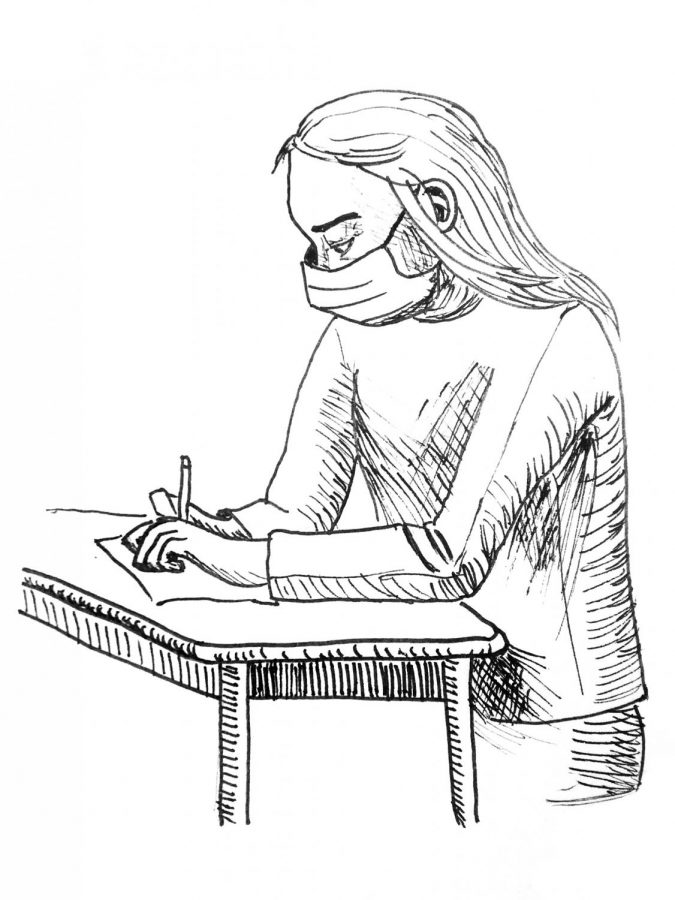
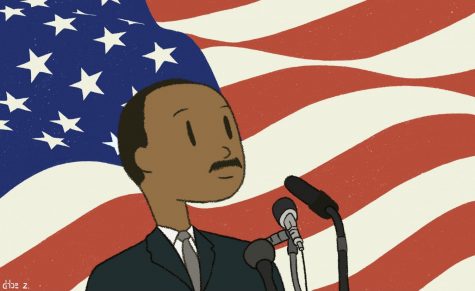

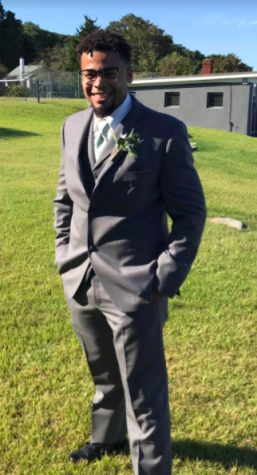
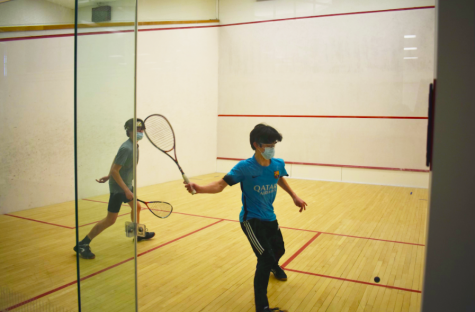
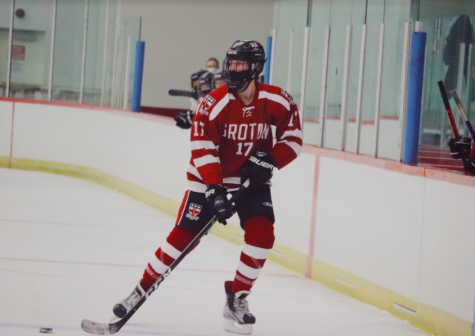
Preston Bannard • May 31, 2020 at 3:35 PM
While there are many thoughtful ideas posed here, I strongly disagree with the conclusions reached in the second to last paragraph and fear that it is ignoring some of the science contrary to its viewpoint. As just one example, what about the greater danger of spread when people are in the same indoor area for longer periods of time (such as the dorms)? For all that there are some hopeful signs in the science (as well as some concerning ones), what we know, or think we know, is changing on a daily basis, and there is very little we can say definitively. We also do not have any idea yet what the effects of relaxed social distancing in different places around the country will be in the coming months.
In addition, this article passes by some of the very real risks associated with returning to campus – the risk that the quality of education is actually worse when trying to mix some remote teachers and some remote students with in-person students, the risk that the inequalities in such a system would be greater than those posed by being fully remote, the risk that teachers or students who are at risk will feel an inherent pressure to return to school in person, and most importantly, the risk that a member of our community will become gravely ill or die when we could have prevented it.
I hope that the situation is such that we will be able to safely return in the fall, but if one thing is clear to me right now, it is that the science and data “plainly demonstrate” nothing at all in either direction, and there is no way that we should be blithely asserting that the Groton community should be willing to accept the current level of risk.